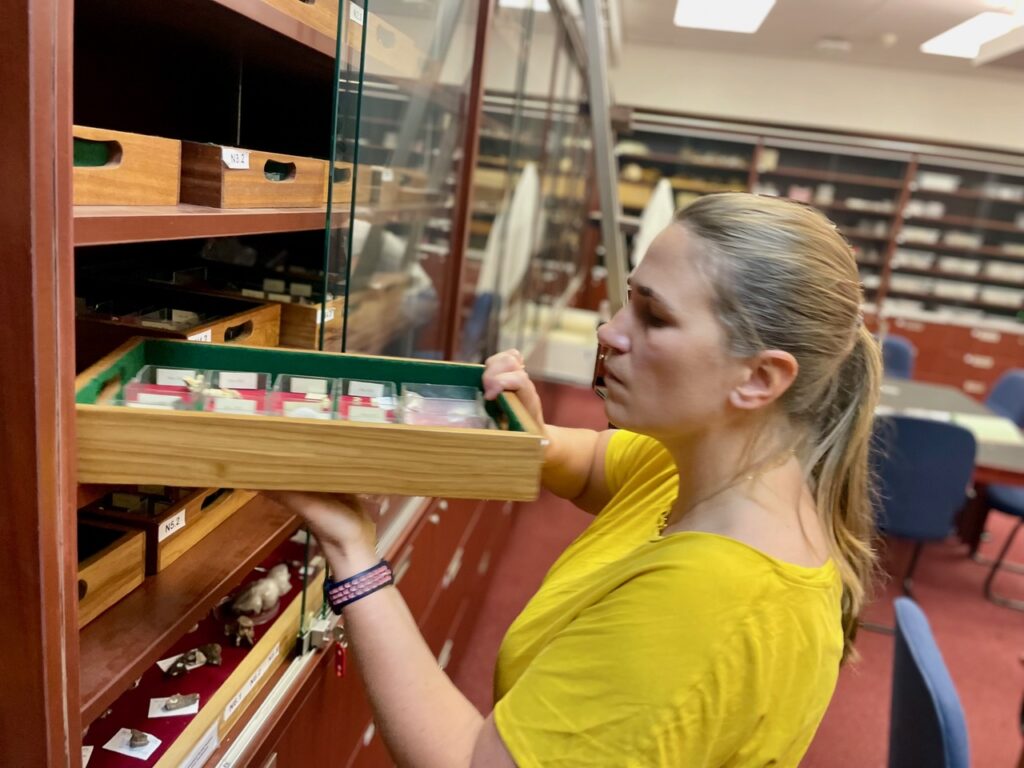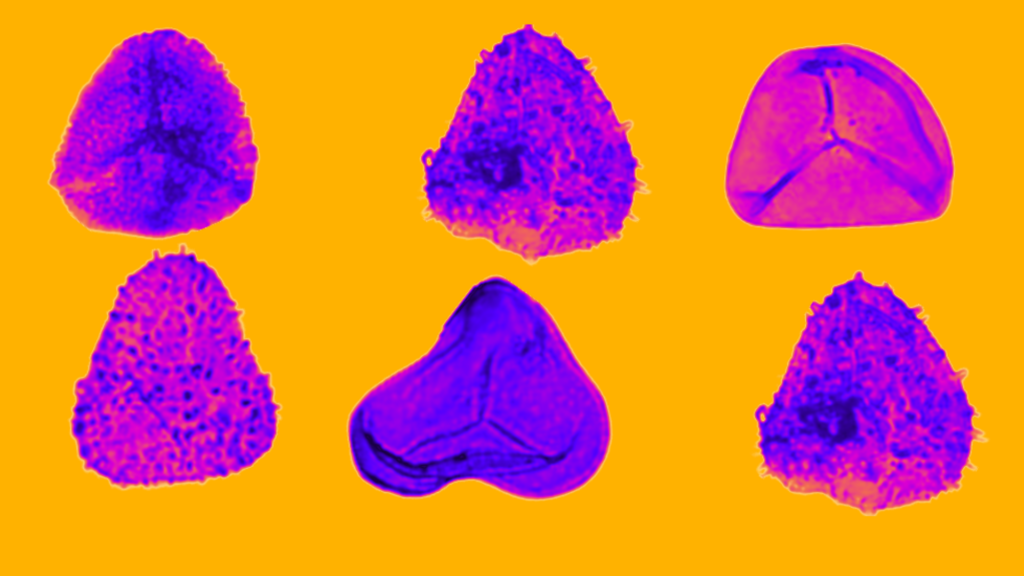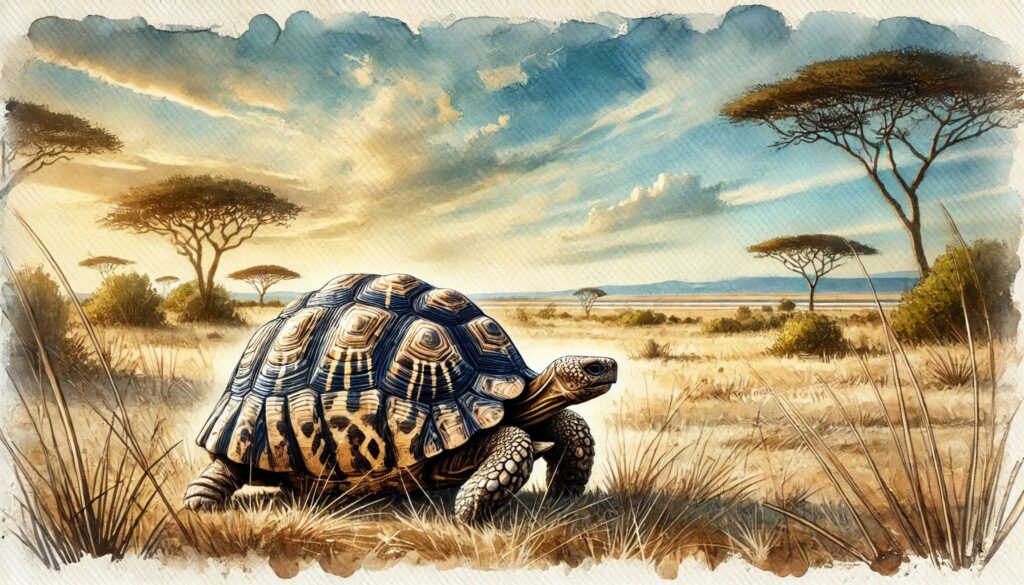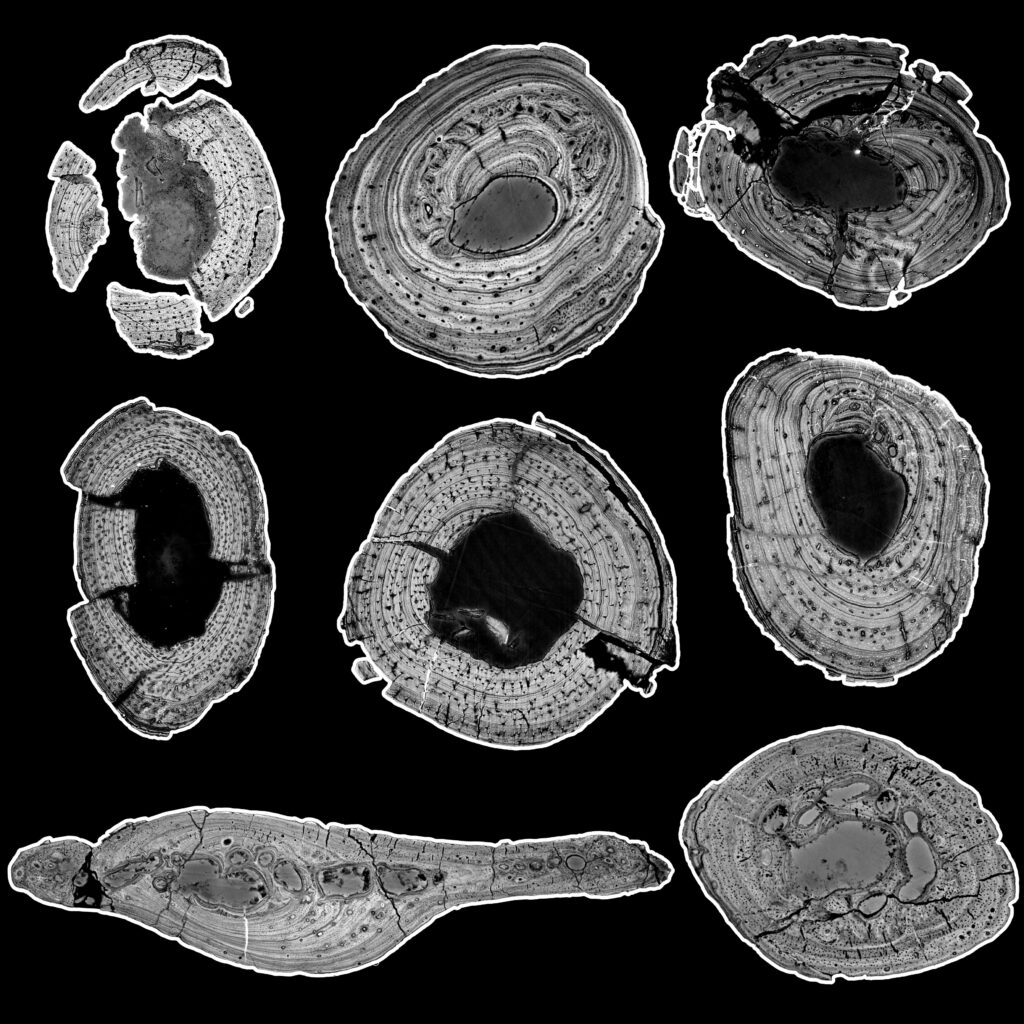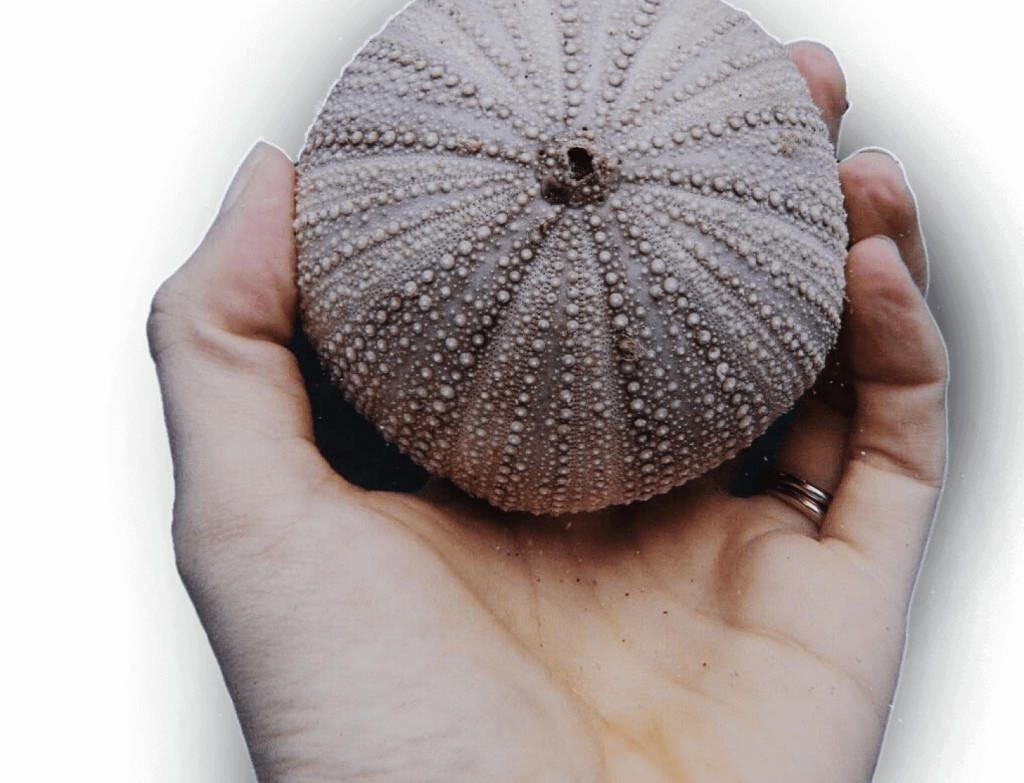The Evolutionary Origins of Life and Death
Life's origin and death's inescapable relationship with it are among biology's greatest mysteries. This question is explored in Prof. Pierre M. Durand's new book, Evolutionary Origins of Life and Death, which emphasizes cell death as a lens through which to examine life and death's interplay in evolution. A surprising discovery is that programmed cell death is often necessary for survival, and it evolved to make life more complex.

Small bites
- The origin of life and death’s inevitable relationship with it are among the greatest mysteries of biology.
- Prof. Pierre M. Durand’s book, Evolutionary Origins of Life and Death, explores this question by beginning at the cellular level and examining cell death as a lens through which to consider life and death’s evolutionary interplay.
- Interestingly, it turns out that programmed cell death is often necessary for survival and was a way for complexity to evolve in cellular life.
Despite its paradox, programmed cell death is crucial to life
One of the greatest mysteries of biology is the origin of life and death’s inevitable association with it. The question of why an individual would actively kill itself has long been an evolutionary mystery in science and philosophy.
The book, Evolutionary Origins of Life and Death, written by Prof. Pierre M. Durand, a researcher at the Evolutionary Studies Institute, offers some insight into this question. Durand’s book explores this question by examining life and death in the earliest cellular stages. Furthermore, Durand’s book shows us how cell death can be used as a lens to examine life and death’s evolutionary interconnectedness. One cannot exist without the other. However, in evolutionary terms, how does this play out?
Throughout Durand’s book, he offers a variety of perspectives, including philosophical, theoretical, experimental, and genomic angles. This is significant because no one has ever integrated data from these diverse sources.
Among the fascinating and unexpected outcomes of Durand’s analysis is the realization that life and death are interconnected. “The evolution of more complex cellular life depended on the coadaptation between traits that promote life and those that promote death,” says Durand. “In an ironic twist, it becomes clear that, in many circumstances, programmed cell death is essential for sustaining life.”
An insightful and stimulating argument is presented here that links life and death in an ingenious and compelling way, and readers interested in exploring the frontiers of today’s conceptual thinking on evolution will find this book captivating. Overall, this book shows how evolutionary biology has morphed into a complex, multifaceted science that surpasses the confines of Neo-Darwinism in terms of complexity, insight, and depth.
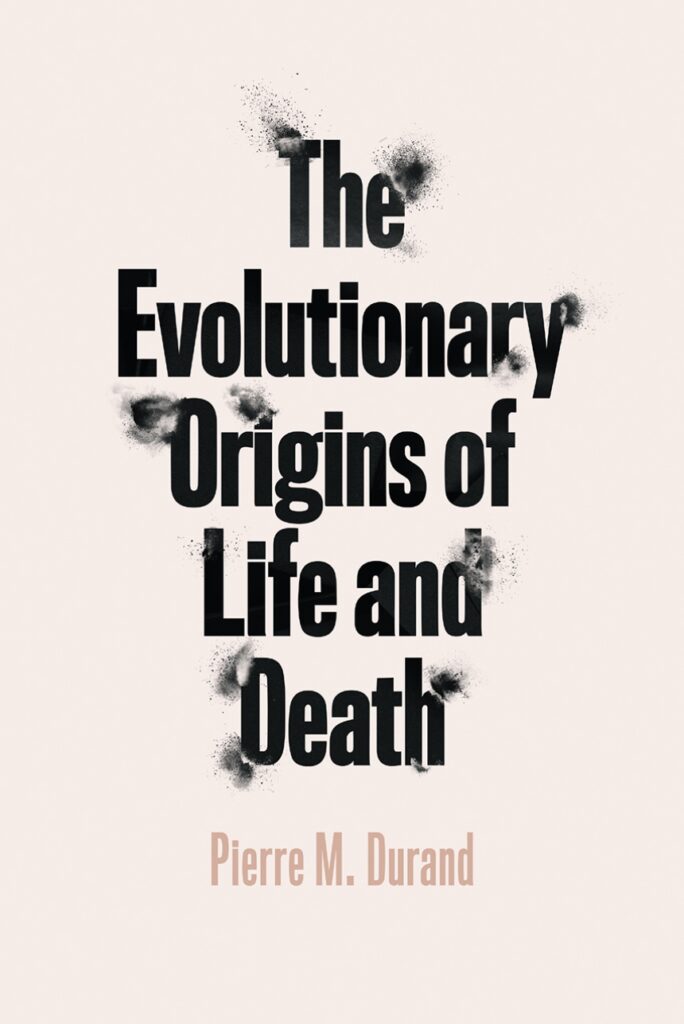
https://link.springer.com/article/10.1007/s40656-021-00453-z
https://press.uchicago.edu/ucp/books/book/chicago/E/bo68653918.html
